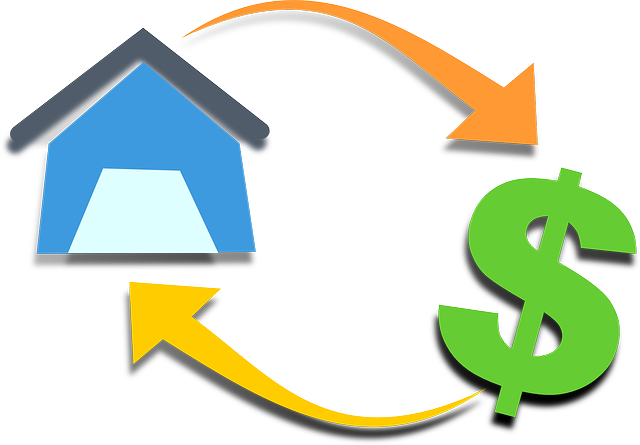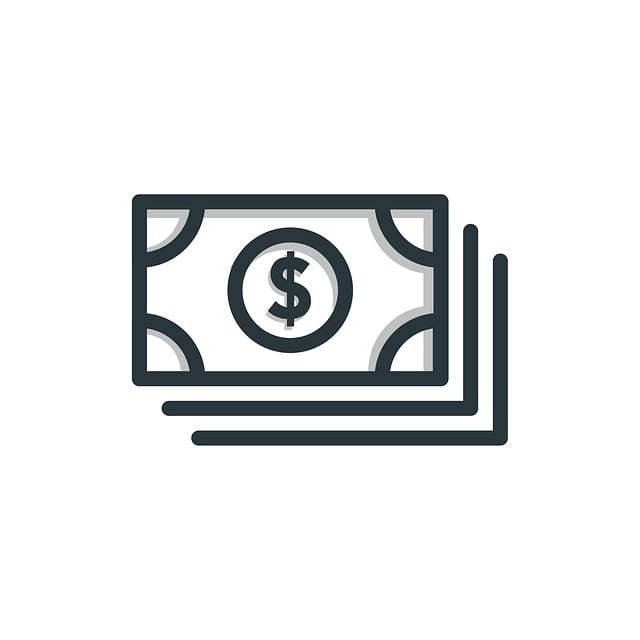When seeking an equipment loan, thoroughly research lender selection and loan options. Different lenders offer varying interest rates, repayment terms, and flexibilities catering to diverse business sizes. Key factors include financial criteria, loan flexibility, and repayment terms. Evaluate these aspects to find a lender that aligns with your financial goals, minimizing borrowing costs and ensuring long-term sustainability. Compare interest rates calculated based on equipment type, credit history, and market conditions, along with flexible repayment terms to make an informed decision.
When comparing equipment loan providers, understanding your loan options and their impact on your decision is crucial. This article guides you through various aspects of equipment financing, from exploring different loan types to deciphering interest rate structures and selecting the right lender. We delve into key financial criteria, loan flexibility, and repayment terms to ensure you make an informed choice that aligns with your business needs. By the end, you’ll be equipped to navigate the landscape confidently.
- Understanding Loan Options and Their Impact on Your Decision
- – Overview of different types of equipment loans
- – Key factors to consider when evaluating loan options
- Interest Rates: Deciphering the Costs of Borrowing
- – How interest rates are calculated for equipment loans
Understanding Loan Options and Their Impact on Your Decision

When considering equipment loans, understanding your loan options and their associated terms is paramount to making an informed decision. Different lenders offer various interest rates, repayment terms, and loan flexibilities tailored to specific business needs. Financial criteria vary widely between providers, with some catering to smaller businesses while others focus on large enterprises. Careful consideration of these factors ensures you choose a lender that aligns with your financial goals and requirements.
Loan flexibility is another critical aspect to evaluate. Some lenders offer more adaptable terms, allowing for adjustments in repayment schedules or loan amounts during the life of the loan. This can be particularly beneficial if your business experiences fluctuations in equipment needs or cash flow. In contrast, rigid loan structures may not accommodate these changes, potentially impacting your ability to manage cash flow effectively. Therefore, thorough research on various lenders and their offerings is essential before finalizing your equipment loan selection.
– Overview of different types of equipment loans

In the world of equipment financing, various loan options cater to diverse business needs. Equipment loans are designed to fund the acquisition of specialized machinery, vehicles, or technology, enabling businesses to access necessary resources promptly. These loan options range from traditional bank loans to alternative financing from non-bank lenders, each offering unique features. The choice between these alternatives depends on critical financial criteria such as interest rates, lender selection, and loan flexibility.
When evaluating equipment loan providers, understanding the repayment terms is essential. Lenders may offer different structures, from fixed-rate schedules to variable options, each impacting the overall cost of borrowing. Businesses should consider their cash flow patterns and future projections to align repayment terms with financial capabilities. This strategic approach ensures that the selected loan option not only funds essential equipment but also supports long-term sustainability and growth.
– Key factors to consider when evaluating loan options

When evaluating different loan options, several key factors come into play. Firstly, consider interest rates as they significantly impact your overall borrowing cost. Lower interest rates mean less financial strain over time. Lender selection is also crucial; choose reputable providers with a strong track record and transparent practices.
Additionally, assess financial criteria such as credit requirements and income verification processes to ensure the loan aligns with your current financial standing. Loan flexibility, including terms for prepayment or refinancing, offers added convenience and savings opportunities. Lastly, understand repayment terms—how much you pay each month, the length of the loan, and any associated penalties for early repayment—to make an informed decision that fits your budget and future plans.
Interest Rates: Deciphering the Costs of Borrowing

When comparing equipment loan providers, one of the most critical factors to consider is the interest rate and associated costs. Unlike traditional lenders that offer fixed or variable rates, equipment financing often comes with a range of options. Lenders may structure rates based on creditworthiness, loan amount, term length, and industry standards. Understanding these variables is essential for making an informed decision.
Loan flexibility plays a significant role in choosing the right provider. Some lenders offer competitive rates but strict repayment terms, while others provide more lenient conditions with slightly higher interest. Evaluating your financial criteria, including expected use of the equipment, cash flow projections, and ability to meet repayment obligations, will help determine the best fit. Consider the overall cost of borrowing, factoring in not just interest rates but also any additional fees or charges associated with different loan options.
– How interest rates are calculated for equipment loans

When comparing equipment loan providers, understanding how interest rates are calculated is a crucial part of the process. Interest rates for equipment loans can vary widely depending on several factors, including the type and value of the equipment being financed, your credit history, and the lender’s risk assessment. Lenders typically use a combination of fixed and variable rates, which can be influenced by market conditions and the specific financial criteria set by each institution.
The loan flexibility and repayment terms offered by different providers also play a significant role in the overall cost of borrowing. Some lenders may provide more favorable terms, such as lower interest rates or longer repayment periods, to attract borrowers. Others might offer specialized loan options tailored to specific equipment types or industries. Careful consideration of these factors will help ensure you make an informed decision when selecting a lender for your equipment financing needs.
